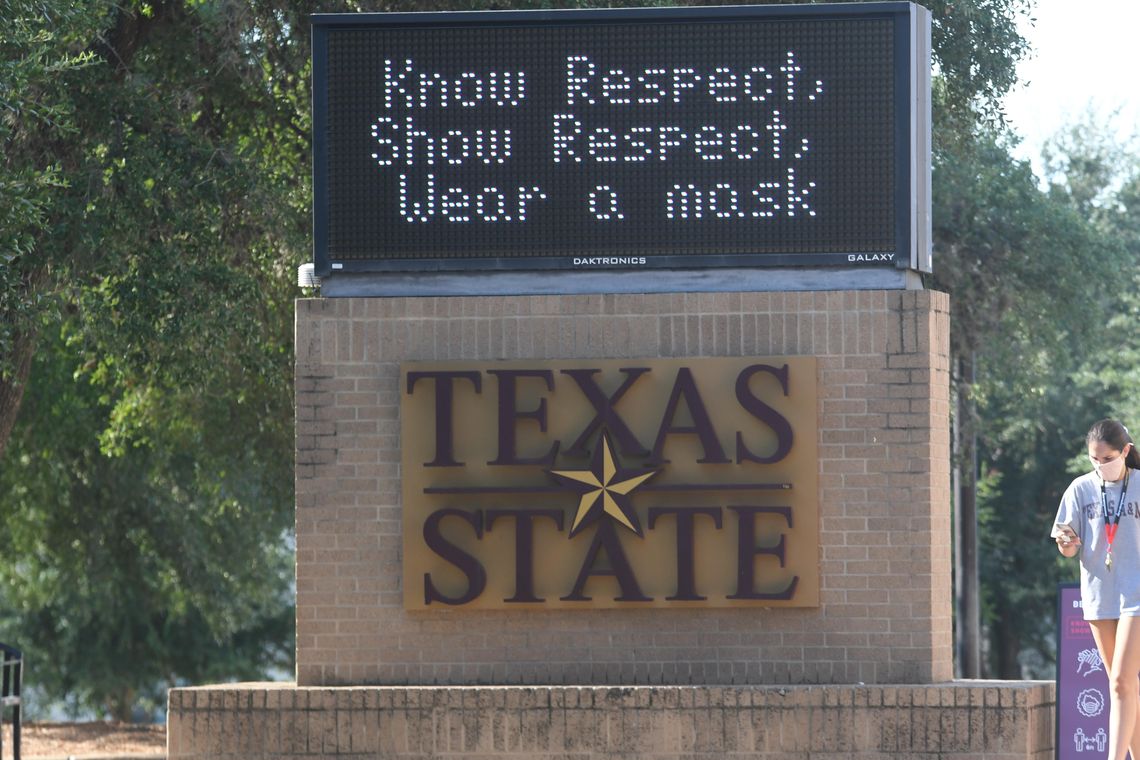Texas State University professors are finding that contact tracing efforts are too slow and not sufficiently integrated with available student information. In one case, exposed students were not notified of possible exposure before Labor Day weekend.
History professor Tom Alter has been teaching in person three days per week and said classes themselves are running smoothly, but he worries that contact tracing is too reliant on student responsibility, as it is a self-reporting system.
“It's more of a reactive policy that seems to be going on,” Alter said. “It puts a lot of burden on students. It's up to them if they are symptomatic to come to the university for testing.”









